Introduction to Electric Resistance Melting Furnaces
Electric resistance melting furnaces are pivotal in metallurgical processes, designed to melt various metals through electrical resistance heating. These furnaces are a cornerstone in the manufacturing sector, offering a controlled environment for melting metals like iron, aluminum, and copper, as well as precious metals such as gold, silver, and platinum.
Types and Applications
The versatility of electric resistance melting furnaces is evident in their various types and applications. They range from smaller units, ideal for jewelry making, to larger industrial-scale furnaces capable of handling up to 20 tons for creating steel and other metal products. Their applications span across industries, from automotive to construction, where the precise melting of metals is required.
Technical Features and Materials
These furnaces are engineered with robust materials to withstand high temperatures, typically ranging from 1,750 to 2,100 degrees Celsius. The construction includes large capacitor banks for current stabilization and water-cooling systems to manage the heat generated during the melting process. Advanced models are equipped with a PLC system for operational efficiency and feature hydraulic systems to facilitate the tilting of melting pots.
Advantages of Using Electric Resistance Melting Furnaces
The use of an electric resistance melting furnace brings several advantages to metal processing. These include precise temperature control for consistent metal quality and the ability to melt a wide range of metals. Safety features such as circuit breakers enhance the operational safety of these furnaces, while their melting speed, which can vary between 40 to 60 minutes, ensures efficient production cycles.
Operational Considerations
When operating an electric resistance melting furnace, considerations such as power input, which can range from 380v to 950v, and working power between 180kw to 2,000kw, are crucial for optimal performance. The design often includes tilting mechanisms, allowing for up to 95 degrees of movement to pour out molten metal effectively.
Choosing the Right Electric Resistance Melting Furnace
Selecting the appropriate electric resistance melting furnace is essential for meeting specific industrial needs. Factors such as melting capacity, temperature range, and the type of metals to be melted are critical in determining the right furnace. While enclosed furnaces offer additional safety and energy efficiency, open furnaces provide easier access and monitoring of the melting process.
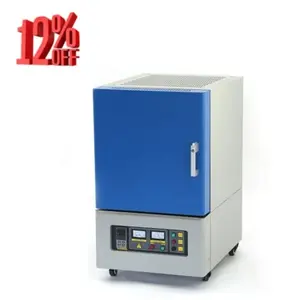

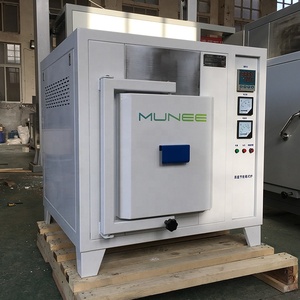









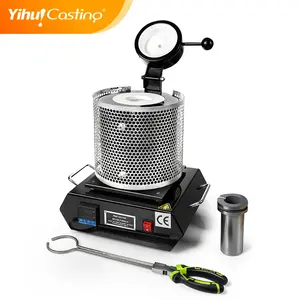
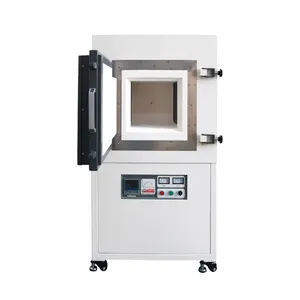









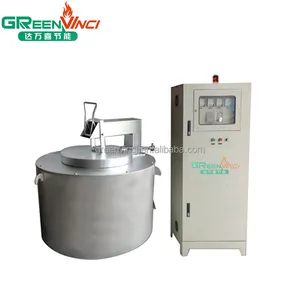



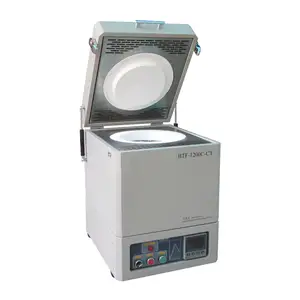




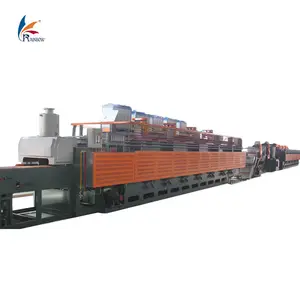









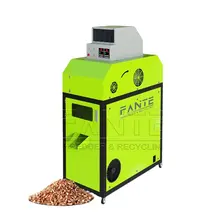
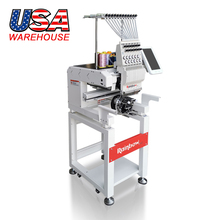


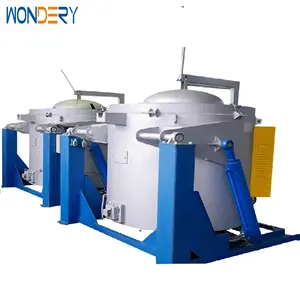

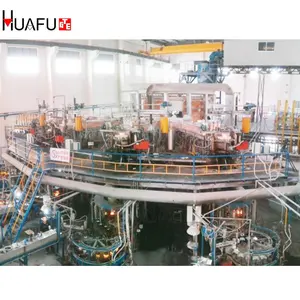



























 浙公网安备 33010002000092号
浙公网安备 33010002000092号 浙B2-20120091-4
浙B2-20120091-4